What Exactly Is Fast Charging? The Most Complete Guide | ZONSAN
What is fast charging, judged by the power? Voltage as a criterion for judgment? Interface as a criterion for judgment? This has to be a comprehensive consideration. For the definition of fast charging there is no relevant organization to make a clear determination, everyone has their own set of understanding of fast charging.
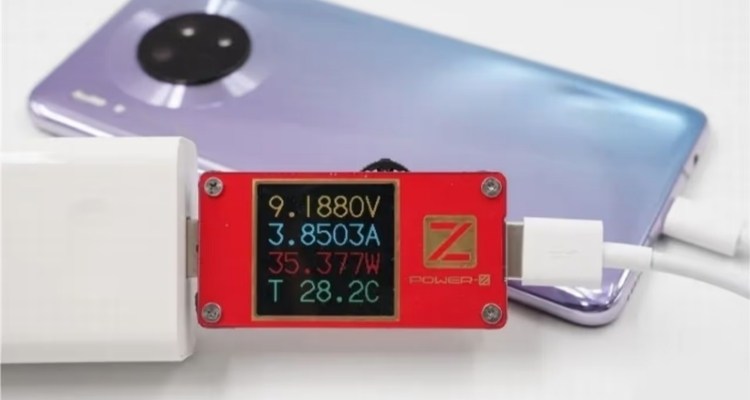
USB standard supply voltage 5V, iPhone 11 using Apple 5V1A 5W charging that is certainly classified as slow charging, and switch to APPLE2.4A protocol to achieve 12W charging power, or use USB-C to Lightning through the PD charger to obtain more than 18W power, these two Both are fast charging. Android formation, through QC to enhance the voltage can also be classified as fast charging, VOOC, SCP and other changes in low voltage high current is also fast charging, PD ultra-high power charging is of course also fast charging.
In short, the use of different means to achieve a boost in charging power, can be classified as fast charging.
When did fast charging come out?
As early as the Nokia era, most of the means to maintain the life of electronic products using the replacement of the battery, the electronic products at that time, a single function of low power consumption, a battery can be used for a few days, the need to extend the life of several batteries with the normal operation, it can be said that the market did not have a fast-charging demand.
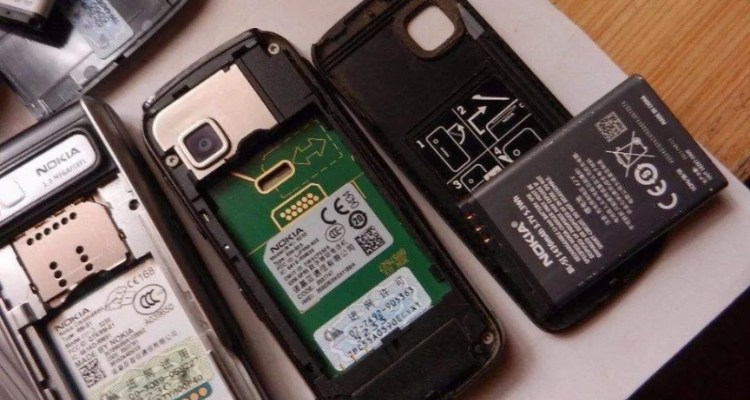
Until the Samsung note giant screen cell phones listed, supporting the charger for the first time the odd specifications, the output voltage is not 5V but 5.3V, and with line loss compensation function to offset the voltage drop loss of the wire to enhance the charging power, at this time the user found that this charger charging speed than other 5V charger is much faster, with a fast and slow comparison, so "fast charging "This experience was born for the first time in a vague way.
2014 OPPO launched with VOOC flash charging Find7 cell phone, charging five minutes talk two hours deep, but only OPPO users to enjoy this fun. 2015 Qualcomm QC2.0 cell phone mass market, based on common technical standards and a variety of third-party accessories to choose from, at this time fast charging officially opened the curtain, most users for the first time to enjoy the pleasure of fast charging.
The USB-C big unification to promote the development of PD fast charging
As early as December 2013, the U.S. USB-IF Association announced the USB-C interface, followed in 2014 by the relevant industry chain began to have been ready for mass production. USB-C interface supports double-sided blind insertion, solving the device side of the naked eye to observe the positive and negative re-insertion experience. Up to 24pin pins allow the interface to support 100W power transmission 20Gbps data transmission, and in the late PD3.0 standard added a subset of PPS voltage, has the potential for sustainable development.
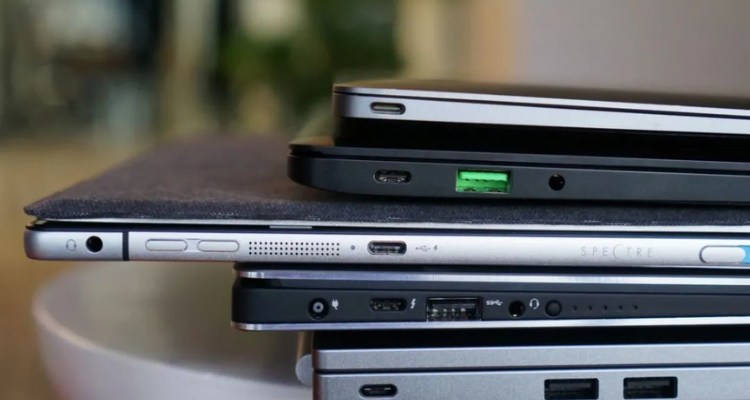
2015 saw the birth of many products equipped with USB-C for the first time, the first USB-C phone LeEco Superphone 1, the first USB-C notebook New Macbook, the first tablet Nokia N1, the first USB-C charger Apple 29W, the first USB-C rechargeable battery YB-CP1, these pioneers made the rapid spread of USB PD for the future The first USB-C charger, Apple 29W, and the first USB-C charger, Yubo YB-CP1, were the first to promote the rapid spread of USB PD.
The great unification of USB-C interface makes the industry full of life, all kinds of PD fast charging accessories are beautiful and inexpensive, and after several years of market development, USB PD fast charging has entered almost all mainstream electronic products in 2020.
The composition of the fast-charging system
Fast charging system consists of three major components, the charger responsible for providing power (power adapter), the cable for power transmission (data line), the receiving end of the device (digital products), each of them is a participant in the fast charging system.
1、Fast charging charger
Previously, because of the different voltage requirements of different interfaces, each device requires a corresponding charger, the plug-in board is densely packed with different chargers. Nowadays, USB PD advanced communication mechanism allows different devices can communicate with the charger for their own needs to match the voltage, whether it is up to 100W high-power laptop or only a few watts of TWS headphones, you can use the same PD charger charging, and multi-port chargers can also provide one-to-many services.
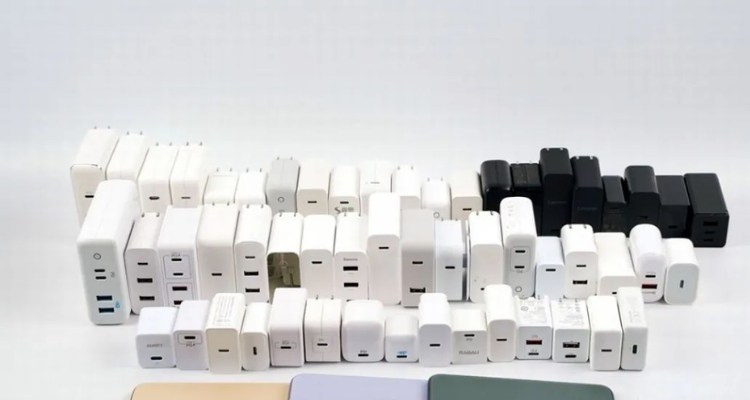
From the device point of view, the traditional silicon-based chargers are huge and inconvenient to carry, and want to reduce the size of the charger must improve the switching frequency, while the traditional silicon-based semiconductors can not meet the high-frequency characteristics, so the charger volume has been maintained at a large level.
In 2018, ANKER successfully mass-produced the first gallium nitride charger, announcing that the charger has entered another dimension. The high frequency and high efficiency of GaN chargers can use smaller transformers, capacitors, inductors and other devices, and with the three-dimensional stacking design, the volume of GaN chargers is nearly half of that of traditional chargers with the same power.
2、Fast charging cable
Fast charging in addition to the charger also requires the use of data cables, data cables for fast charging are mainly divided into USB-C to USB-C, USB-C to Lightning, USB-C to USB-A three.
USB-C to USB-C is also commonly known as CC cable, according to the wire specifications and whether or not with 5A E-Marker chip can be distinguished as 60W power transmission cable material and 100W power transmission cable material, users need to use more than 3A current must be used with 5A E-Marker wire. CC cable has become the most common wire for Android phones, tablets, notebooks.
USB-C to Lightning is a special cable introduced by Apple for accessing PD chargers for devices such as iPhones, AirPods, low-end iPads, and other Apple devices, each of which needs to pass MFi certification as a Lightning cable.
USB-C to USB-A has two kinds, one is a special specification mainly used for some special fast charging devices, such as Huawei low-voltage fast charging SCP, such as OPPO system low-voltage fast charging VOOC, such as Xiaomi private magic fast charging; the other is a universal wire, universal wire does not support PD fast charging, only support QC, AFC, FCP, PE and other fast charging.
3、Equipment
Most digital products will support fast charging in 2020. Android phones, iPhone 8 models onwards, iPads, laptops, gaming consoles, TWS headsets, smart wears and other mainstream devices support USB PD charging.
The future of fast charging technology core
We take the fast charging technology surging cell phones as an example, a few years ago the mainstream cell phone QC fast charging power stagnant at 18W for a long time, filled with time in about 2 hours, as to why maintained for many years? That's because it's okay to use, but the low cost of simple and brutal QC high-voltage fast charging brings heat to say nothing good experience. So Huawei, OPPO began to take the low-voltage direct charging route, faster speed will not have too much heat, compared to QC has a great advantage, charging speed of about 1 hour, a certain improvement.
And the following several applications on the fast charging technology has been stable and mature, compared to the previous slow evolution of all kinds, reaching the degree of cross-generational upgrade, and can be set for the next few years and even a decade of rapid mainstream technology.
1、Charge pump
A major step-level leap in fast charging technology was made in 2017, when Meizu made the world premiere of 55W Super mCharge fast charging technology at MWC 2017, demonstrating the then very advanced charge pump technology, which provided technical verification value for various fast charging development routes in the future. Charge pump chip can provide voltage dividing function, the charger to improve the voltage for transmission no longer need thick wire to pass high current, reduce line loss, into the phone and then through the charge pump into low-voltage high current, the whole system efficiency is extremely high far beyond other buck IC.
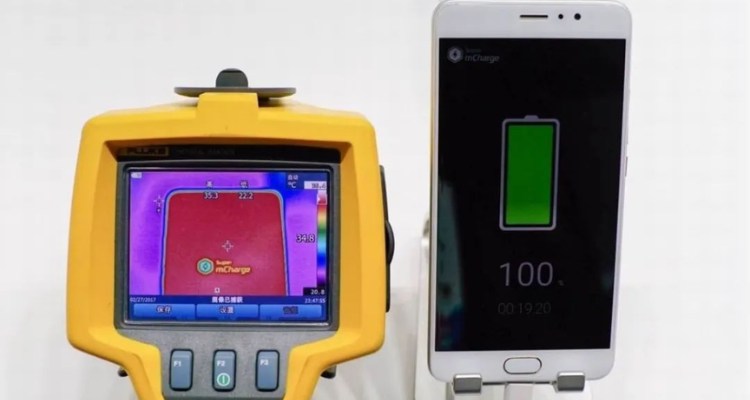
2、Series direct charging technology
In 2018, OPPO launched a series battery 10V5A high-voltage direct charging technology, the conversion circuit that causes heat in the phone migrated to the charger, two 4.4V battery in series becomes 8.8V battery pack, charging voltage and battery pack voltage does not exist large pressure difference, so that low heat and fast charging at the same time.
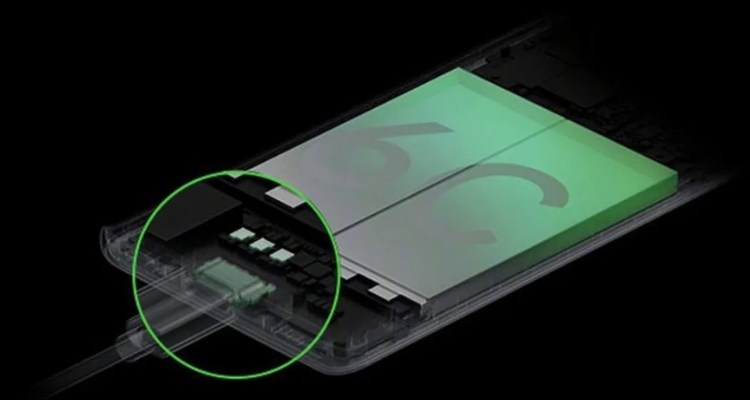
3、Graphene-based battery
In 2020, the most core of fast charging battery finally ushered in material changes, graphene-based battery mass production so that ultra-high-power fast charging to get out of the PPT drawings, with charge pump and serial charging technology, cell phone charging power for the first time in history exceeded the 100W mark, and even beyond the laptop power, OPPO, VIVO, Xiaomi have successfully mass-produced more than 100W fast charging flagship phones, full Speed is calculated in minutes.
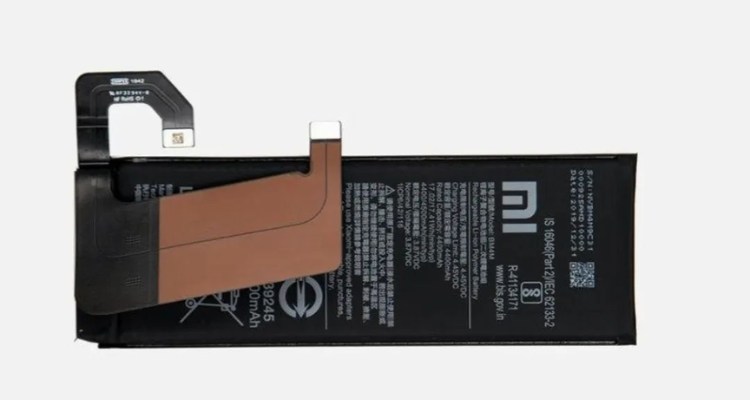
Summary
The three major performance selling points of cell phones in 2020 are the processor, camera, fast charging, charging from the beginning of the insignificant development to the key module as a digital product has gone through a long process, only tens of minutes to quickly restore power for digital products to continue to use. From a technical point of view, the huge market demand for fast charging of electronic products has driven the development of the industry chain, speeding up the research and development of materials science, the gradual decline in mass production costs ultimately benefited the consumer.
OEM Fast Charger Recommendation

Read More

Read More

Read More

Read More